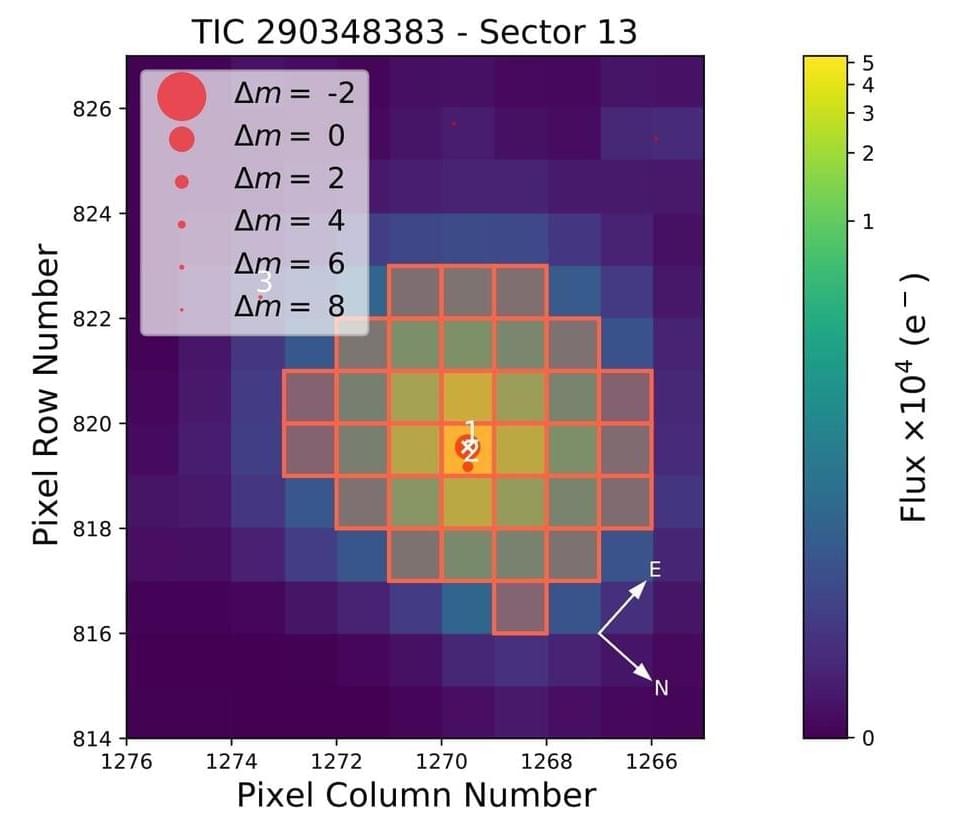Mar 22, 2023
How runners stay upright on uneven terrain
Posted by Shubham Ghosh Roy in categories: evolution, mathematics
If you go running over a trail in the woods or a grassy field, there are countless bumps and dips in the terrain, each with the potential to trip you up. But typically, runners manage just fine. It’s a remarkable physical feat that we tend to take for granted. A team of researchers set out to better understand it.
With a specially made running track and mathematical modeling, the lab of Madhusudhan Venkadesan found that when running on uneven terrain, humans mostly rely on the body’s mechanical response for stability rather than consciously plot out their footsteps to find level ground. Further, they found that the runners were just as efficient in their movements and physical exertion as when running on flat ground. The results are published in eLife.
Even without occasional hazards like steep drops, runners must contend with gentler, but still uneven, ground that can be destabilizing. So why aren’t trails typically littered with toppled runners? One possibility is that visual cues allow runners to carefully observe the land to step on mostly level areas. On the other hand, running played a huge role in human evolution, particularly in how it benefited humans in hunting. That means sight cannot be devoted solely to find areas to step on; it’s also needed to watch out for the prey, trees or other obstacles to avoid, and decide which path to take.


















